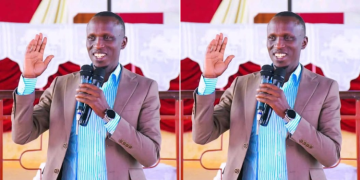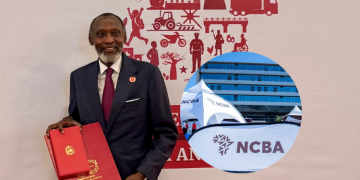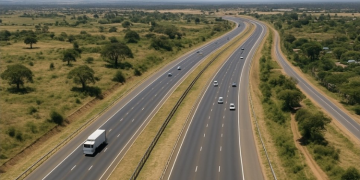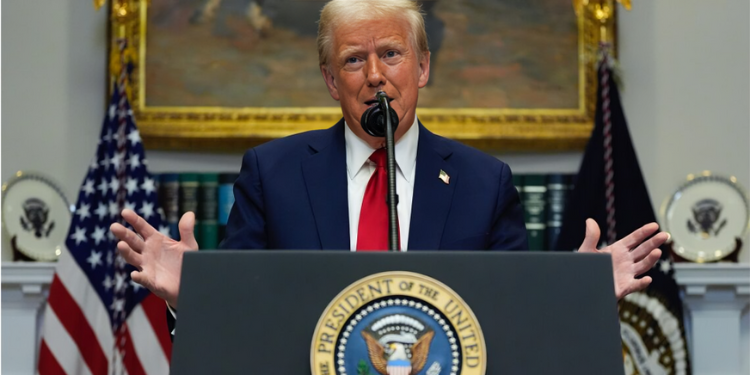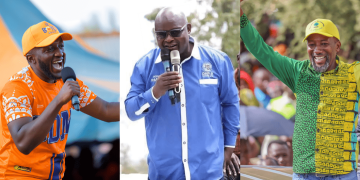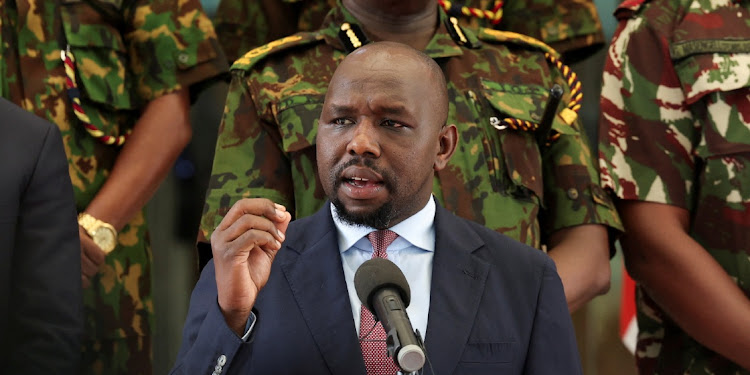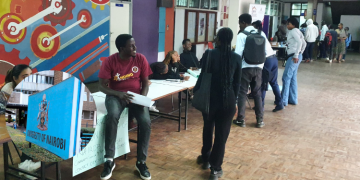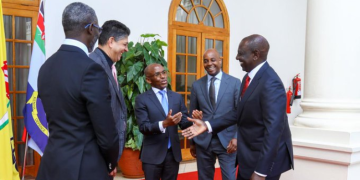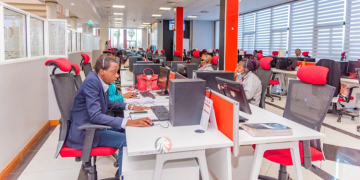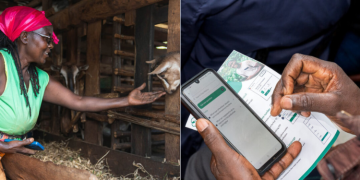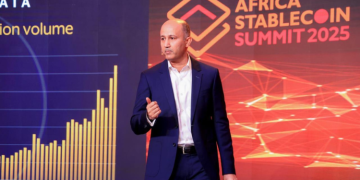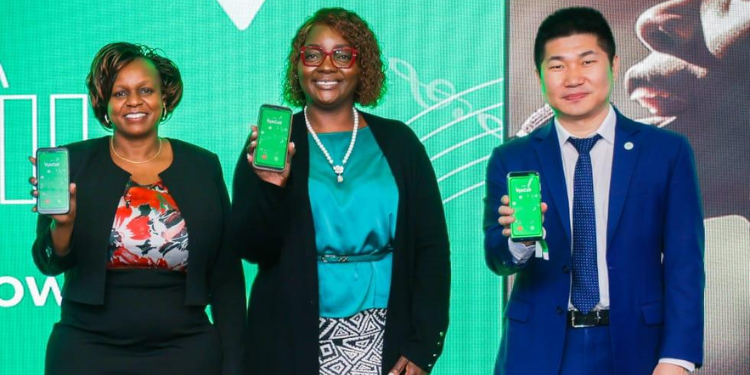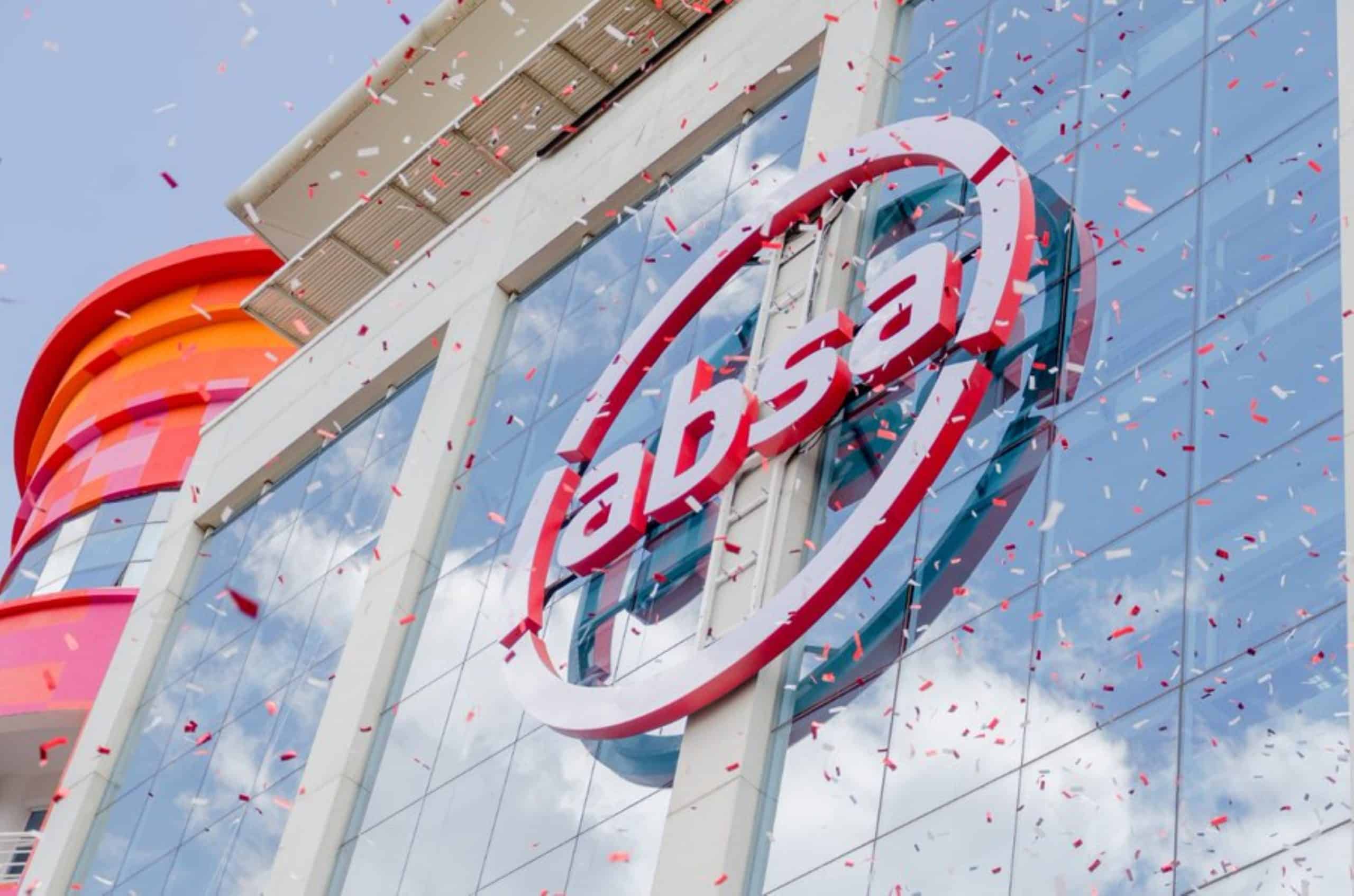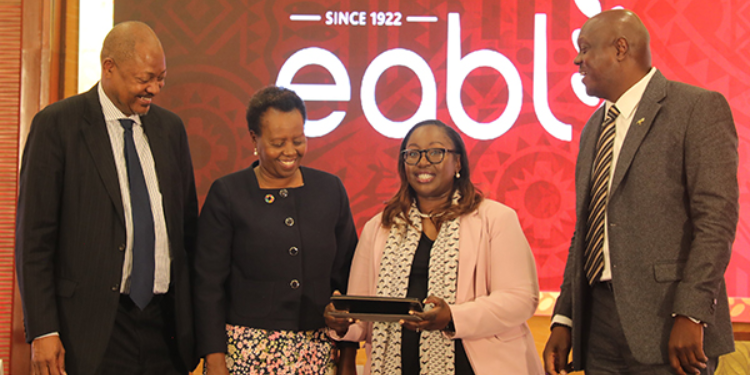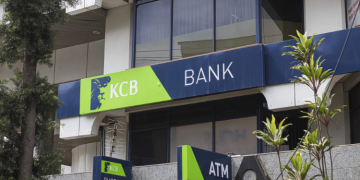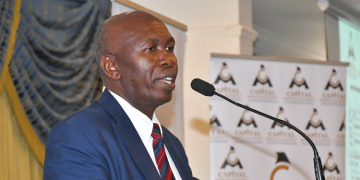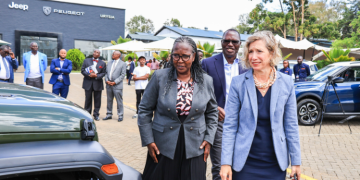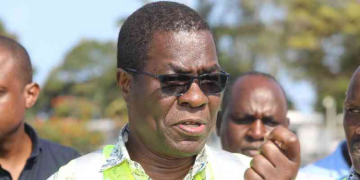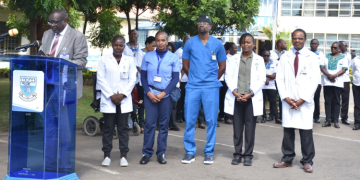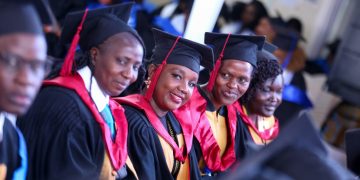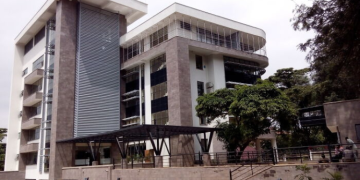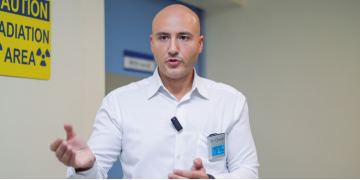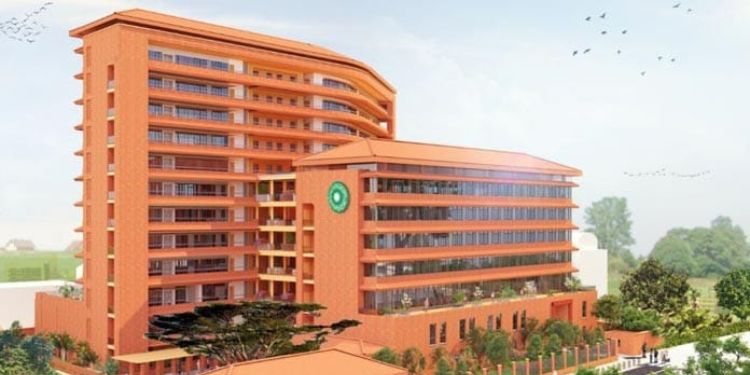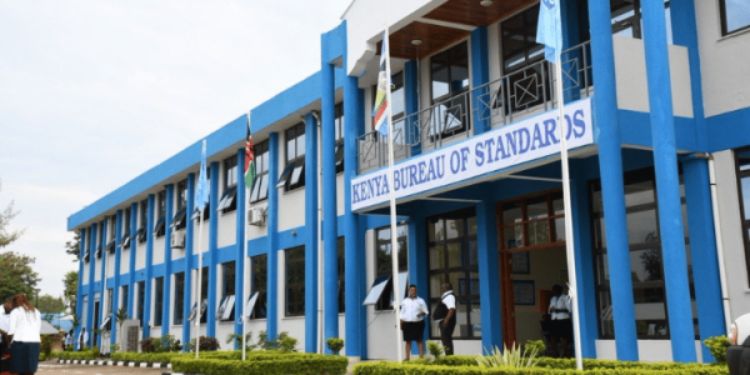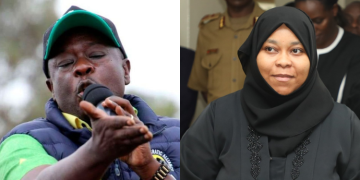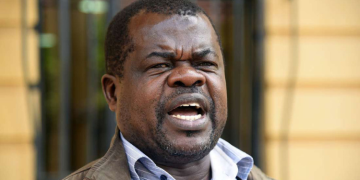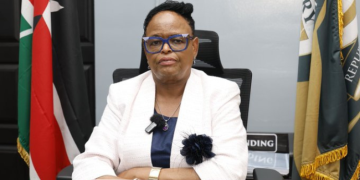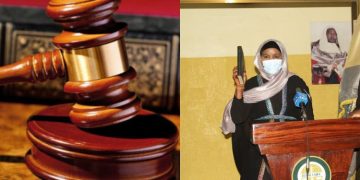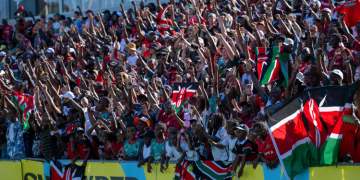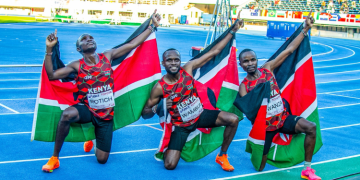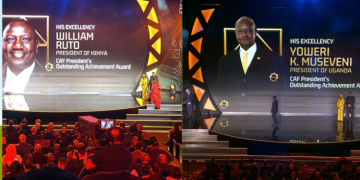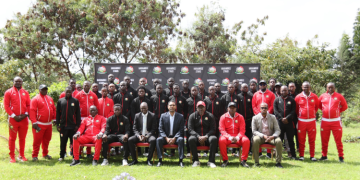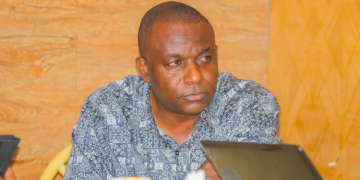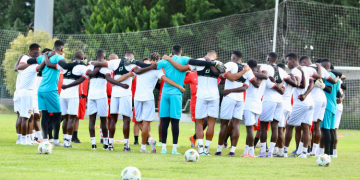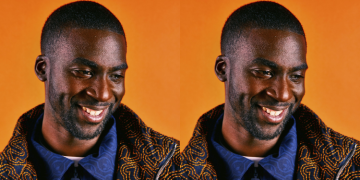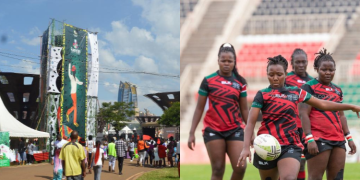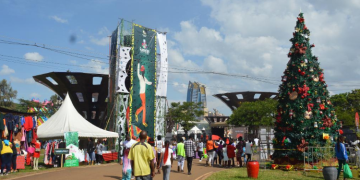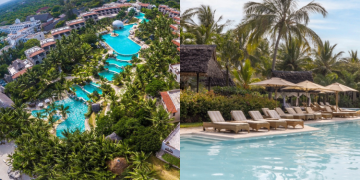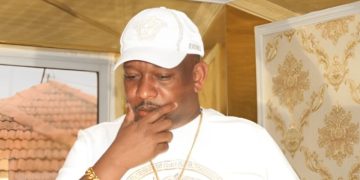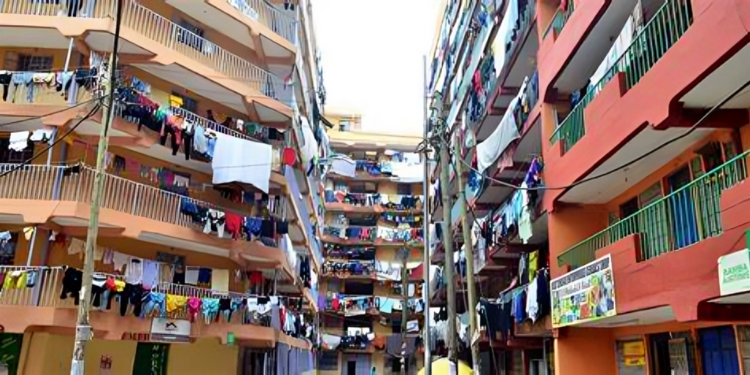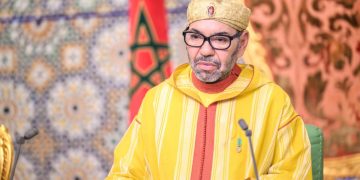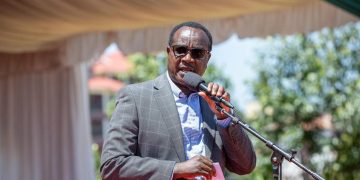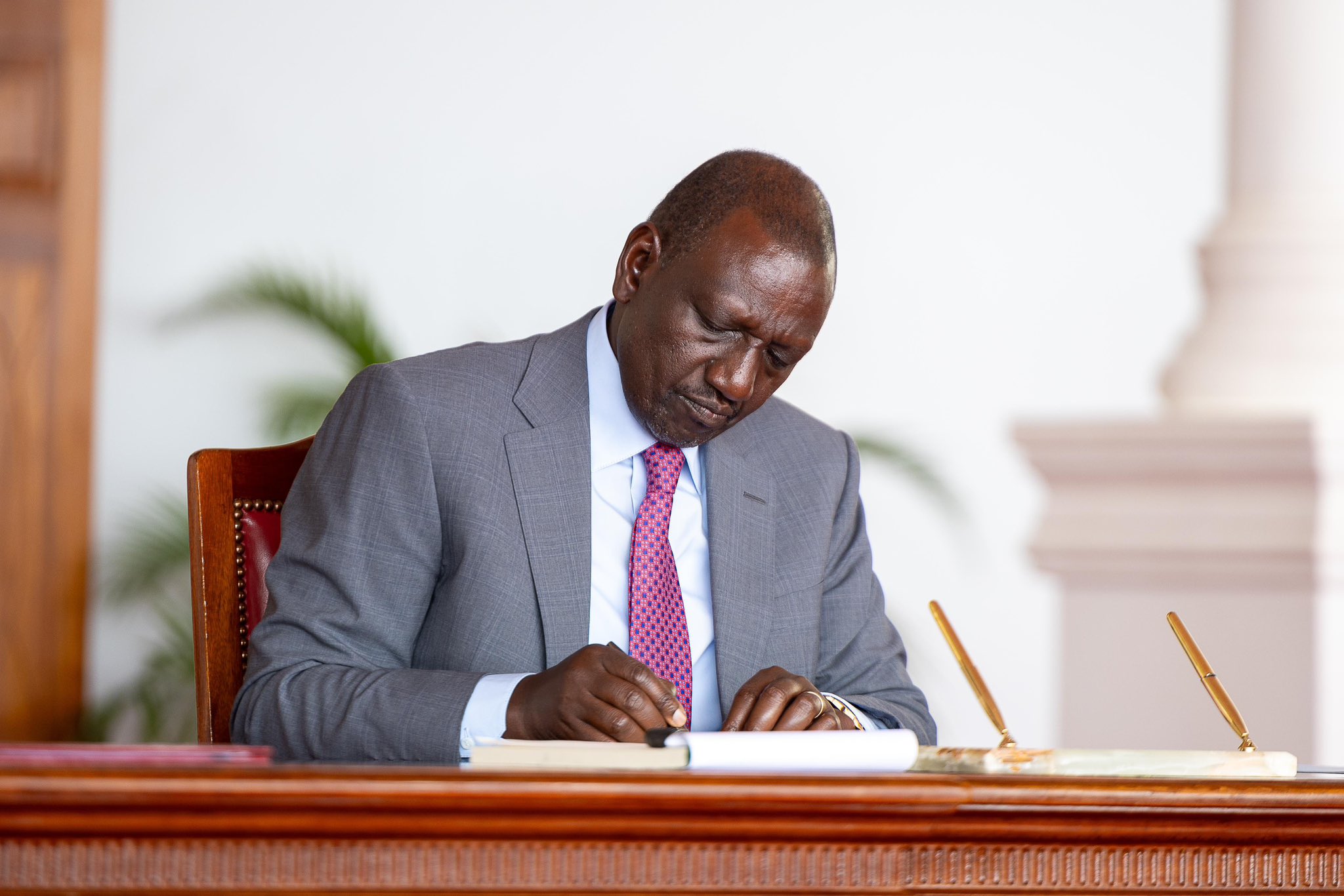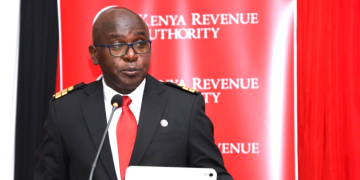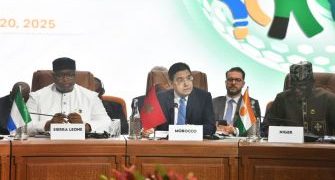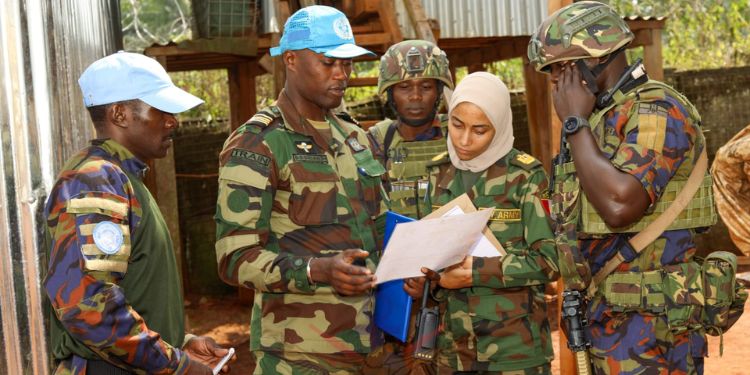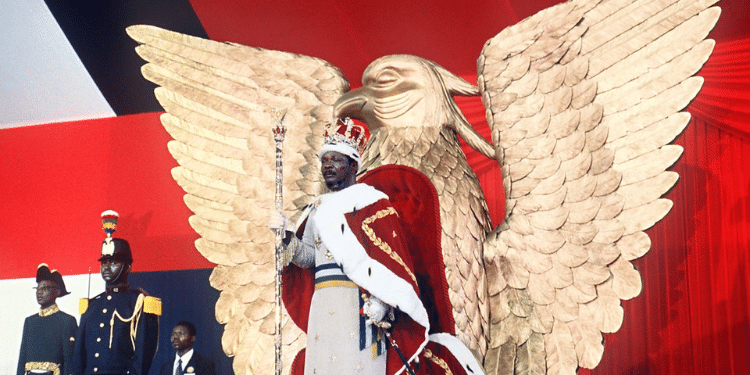On December 4, 1977, Jean-Bédel Bokassa, the President of the Central African Republic, made history by holding a coronation ceremony—the first of its kind in Africa and an extravagant event.
It was estimated that the ceremony cost over $20 million, equivalent to about $100 million today, which was roughly one-third of the Central African Republic’s annual budget at that time. During this ceremony, Bokassa declared himself Emperor of the Central African Empire, transforming the republic into an empire.
Bokassa drew inspiration for his coronation from Napoleon Bonaparte’s coronation as Emperor of the French in 1804.
The ceremony took place in Bangui, the capital of the Central African Republic (CAR). Bokassa, who had a taste for French luxury and had lived in France for a period before becoming president, admired the French lifestyle.
In preparation for the coronation, Bokassa ordered 60 brand-new Mercedes-Benz cars to create a royal motorcade for various guests traversing the streets of Bangui.
Additionally, he imported 24,000 bottles of Moët & Chandon champagne for the thousands of guests he was expecting, along with 4,000 bottles of fine French wines from some of the world’s most prestigious vintages.
Bokassa Declares Himself Emperor of Central African Republic
Bokassa also commissioned a gold-plated carriage modeled after Napoleon’s, which he envisioned using for the ceremony. This carriage was to be drawn by eight Normandy horses, known for their strength and versatility, that he planned to import from France.
He ordered a gold-plated throne in the shape of an eagle for his coronation, an extravagant piece featuring a 13.6-foot wingspan and 800 gilded feathers, with a seat carved from the bird’s belly. The throne symbolized strength and sovereignty, part of Bokassa’s effort to emulate the opulence of Napoleon’s coronation.
For the coronation, he commissioned a $5 million crown and ordered a custom wardrobe from renowned French designer Pierre Cardin, including a stunning coronation robe made of velvet tailored for the tropical climate, encrusted with 785,000 pearls and 1,220,000 crystal beads.
Also Read: Today in History: Sudan’s Vice President John Garang Dies in Helicopter Crash
On the day of the event, the capital was adorned with imperial decorations and flags. The coronation took place at the newly constructed Palais des Sports stadium, which had been converted into a palace for the occasion.
Bokassa appeared in a grand crown topped with an eagle and wore an elaborate coronation robe, embellished with pearls, diamonds, and gold embroidery. The robe’s twenty-foot train required several attendants to manage. Like Napoleon, Bokassa crowned himself, placing the diamond-encrusted crown—valued at an estimated $5 million—upon his head, symbolizing his absolute authority.
Central African Republic Emperor’s Reign Short-lived
The ceremony featured thousands of imported roses from France, a golden throne shaped like an eagle, a procession of white horses, and a custom-built coronation carriage. Approximately 4,500 guests attended, though most Western nations sent low-level representatives or boycotted the event entirely, resulting in a notable lack of foreign dignitaries.
The lavish display of Bokassa’s lifestyle was a stark contrast of the extreme poverty experienced by most of the Central African Empire’s population, drawing international criticism.
Also Read: Today in History: Journalist Who Covered Tom Mboya’s Assassination Dies in Plane Crash
Notable leaders who were invited by the self-proclaimed emperor but failed to attend included French President Valéry Giscard d’Estaing, Libyan President Muammar Gaddafi, and Pope Paul VI.
Unfortunately for Bokassa, his imperial reign was short-lived, lasting less than three years. In September 1979, while on a state visit to Libya, French troops supported a coup that restored the republic and ousted Bokassa, returning previous president David Dacko to power after he had been deposed by Bokassa in a military coup.
Follow our WhatsApp Channel and X Account for real-time news updates.


